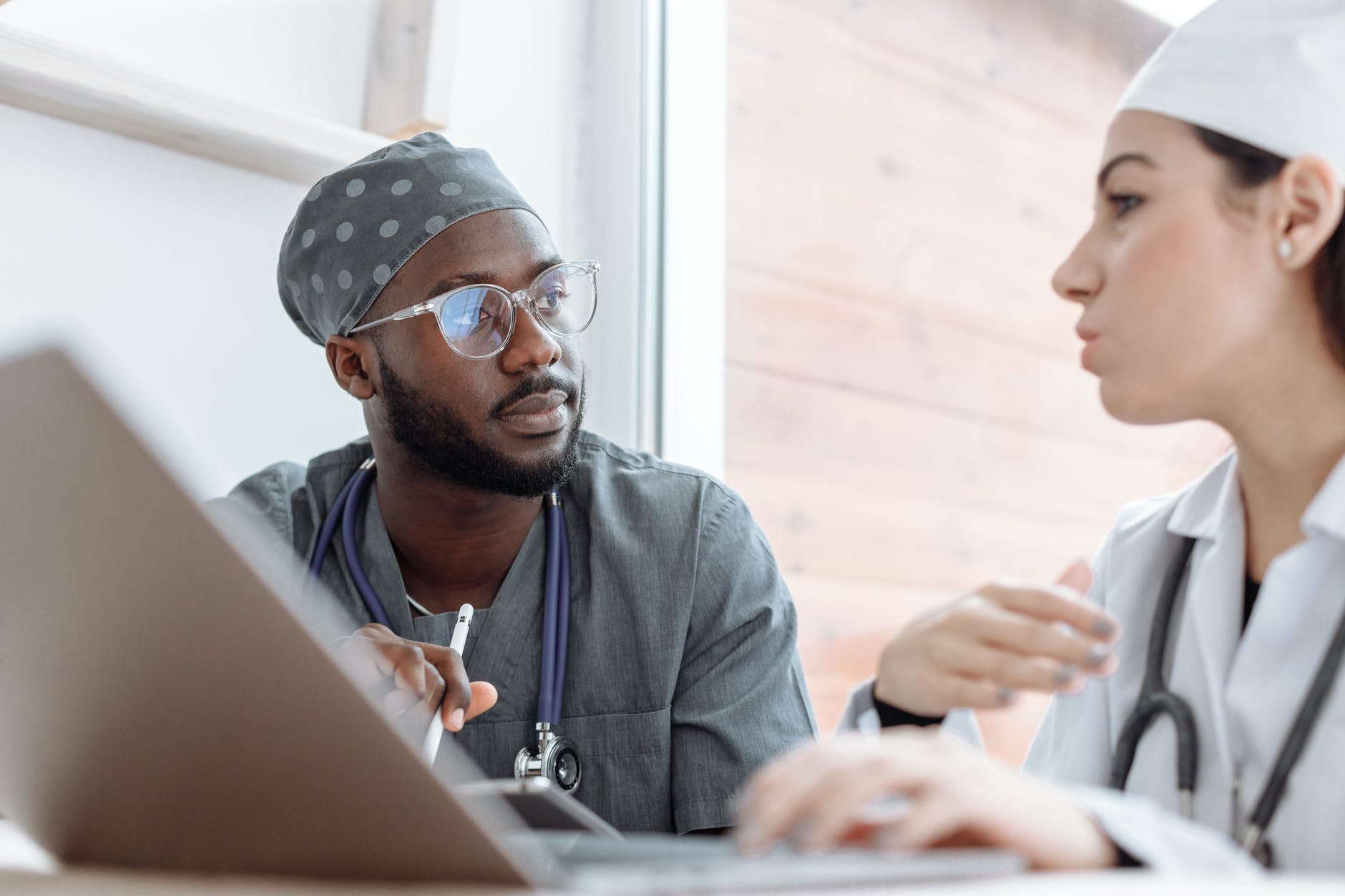Day 2 of HITS 2022 is over! We had a lot of fun and have some exciting ideas! Tonight, I watched the Lilly Conference session entitled “Breaking the Silos: Integrating Simulated Learning Activities in Interprofessional Education” presented by Melissa Miner, Pamela Pologruto, Valerie Vanderhoff, and Jo Ann Jankoski, from Penn State University, Fayette – The Eberly Campus. They defined interprofessional education using the World Health Organization (20210) definition: “when students from two or more professions learn about, from, and with each other to enable effective collaboration and improved outcomes.” Interprofessional teamwork was explained to consist of “teams of different professions who share a team identity and work in an integrated and interdependent manner.” Positive outcomes for interprofessional education were listed: changed attitudes, more knowledge, improved skills, new behaviors, fewer errors, decrease morbidity & mortality, increased efficiency, decreased costs, and improved satisfaction. The “Core Competencies for Interprofessional Collaborative Practice model from 2016 has four core competencies: values and ethics for interprofessional practice, roles/responsibilities, interprofessional communication, and teams and teamwork. Interprofessional Education best practices emphasize planning, purpose, learning objectives, key stakeholders, setting, timing, and pilot stages. In healthcare curricula, IPE can be integrated. Pologruto explained the collaboration between nursing three disciplines: nursing, physical therapist assistant (PTA), and human development family services (HDFS). The collaboration began with a discussion of curricular placement, course/simulation objective, and the development of the scenario. Pologruto spoke about the importance of introducing the groups of students early on. Some of the challenges included the use of discipline-specific jargon and acronyms. Vanderhoff spoke about the assessment tool used. All participants completed the instrument pre and post the simulation experience. The simulation followed guidelines and used a “simulated standard patient.” Jankoski shared the lessons learned: feedback from students helped. Students seemed very excited about the interprofessional opportunity.



